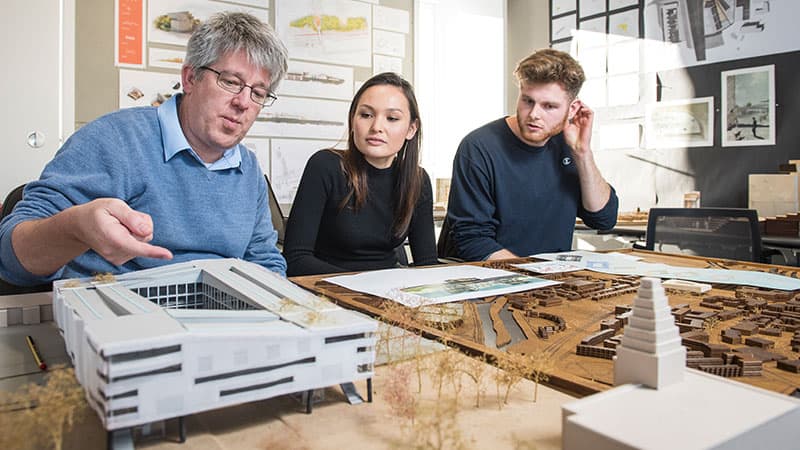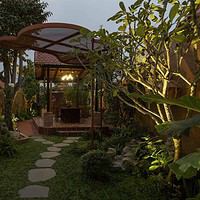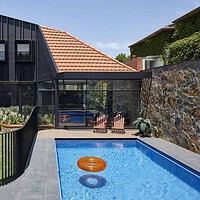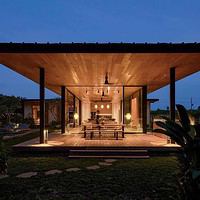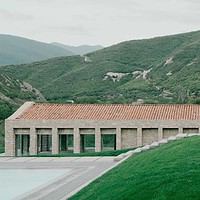Finally, the chance you’ve long been waiting for is here- the chance to explore your passion on architecture and enhance your skills by learning from the gurus. But if you thought that you’d be designing skyscrapers and exploring zoomorphic architecture the first day you set foot in school you thought wrong. Regardless of the college you attend, first assignments are often meant to ease first-learners into their new exploration and give them a glimpse of what to expect in the world of architecture.
Each year, several students from all over the world decide to venture into architecture ready and eager to learn from the gurus in the field. However, almost all of them don’t know what to expect when they first set foot in a design studio. Some, on the other hand, assume architecture is only about drawing and designing of buildings. However, that is not the case as they soon get to discover. For this reason, it is important for each student to have an idea on what to expect on their first assignment so they aren’t caught unawares.
Here are some of the exercises you are likely to encounter on your first day as recounted by professors in various institutions around the globe and also some accomplished architects.
-
Research
Research is vital in every aspect regardless of the field you are in. It is only through research that the student will be able to better understand the topic. So in the first class, you can expect to be given research and essay assignments, which is often easily accessible via internet, library or online college paper services such as Paperial. Research bit may also include the taking of photographs aside from reading and writing papers.
-
Concrete tasks
On the first day, you can expect simple exercises that will allow you to build on something that you already know. Take for instance writing; you start with a single word, then a sentence, and then progress to a paragraph and so on. You can’t into designing monuments before you learn the basics, especially when traversing this new field. This exercise is intended to broaden your thinking in a non-complex manner by introducing you to what you are first familiar with and this way, you will feel less intimidated.
-
A group task
Working as a group allows you to bounce ideas back-and-forth and learn from one another as you explore this new field of architecture.
-
Drawing assignment
For some freshmen, it may be their first time holding a pencil to draw, but what better way to connect your eyes, mind and hands? Drawing exercises are usually simple and necessary and are meant to give you a different feel from that of using computer. It gives you a sense of freedom. You could be assigned translation of an object or asked to do weird drawing ideas and sometimes even timed.
-
Abstract task
Abstract exercises are meant to take you away from your comfort ream as well as ignite all your senses. They broaden your mindset and allow you to see things from a different perspective.
-
Architecture student models
Drawing in architecture is as important as model construction. Thanks to technological advancements, there are now two types of models; the physical model and the 3D model. The aim of a model is to provide visualization since we are more of visual beings.
Besides mental preparedness, it is also important to be properly equipped with the necessary tools to ensure a smooth transition into your first class of your venture. Here are a few must-have tools that are often used in an architecture class, be it sketching, model making or drafting.
- Note book for your notes
- Architect’s scale
- Sketch book
- Scale ruler
- Drawing pen and pencils
- Tape measure
- Drawing board
- Tablet/laptop
- Cutting matt
- Architectural graphics
- Mechanical pencil
- Glue
- Reading materials of architects you fancy
- Modeling scalpel
- Tracing paper
- Metric handbook
These tools can be bought online or at book stores. However, you don’t need to have them all at once. You can buy them gradually over time as you get more in-tune with your classes. Having all you need for your first class will make it less stressful and better your chances for success.
Does architecture only apply to designing and building?
Aside from designing buildings and construction, architecture classes also prepare you for other careers out there and they all start from your first class experience. For instance you could start writing papers for money by writing architecture articles for students and earning extra money for your study course expenses or become the next Leonardo Da Vinci.
Why are first architecture assignments somewhat gradual?
All first assignments not only in architecture, but also in other study fields are usually moderate in terms of input required. This is done so as to differentiate the learning process from high school that you were used to initially and slowly introduce you to college learning which is a new unchartered territory for you. In high school you had to study various subjects, but in college you get to specialize on the field of your choice, which means in-depth exploration of that particular subject.
It is common for students to feel intimidated and terrified in their first classes exploring a whole new territory. Introducing the lessons and assignments gradually offers these students a chance to settle down, familiarize with the architecture, become more intrigued with their subject and become even more motivated to explore further.
Architecture education is not has no set of rules or guidelines on which to adhere with regards to how to build a future architect. Nonetheless, there are certain organizations that look into ways architecture should be taught. Everyone’s experience in their study journey may differ on numerous factors such as past and future experiences, and your first year experience in a design studio. These assignments are just a few of what students start off with as they grow to become the future architects they aspire to be. So have an open mind, be willing to learn and enjoy the learning process.

